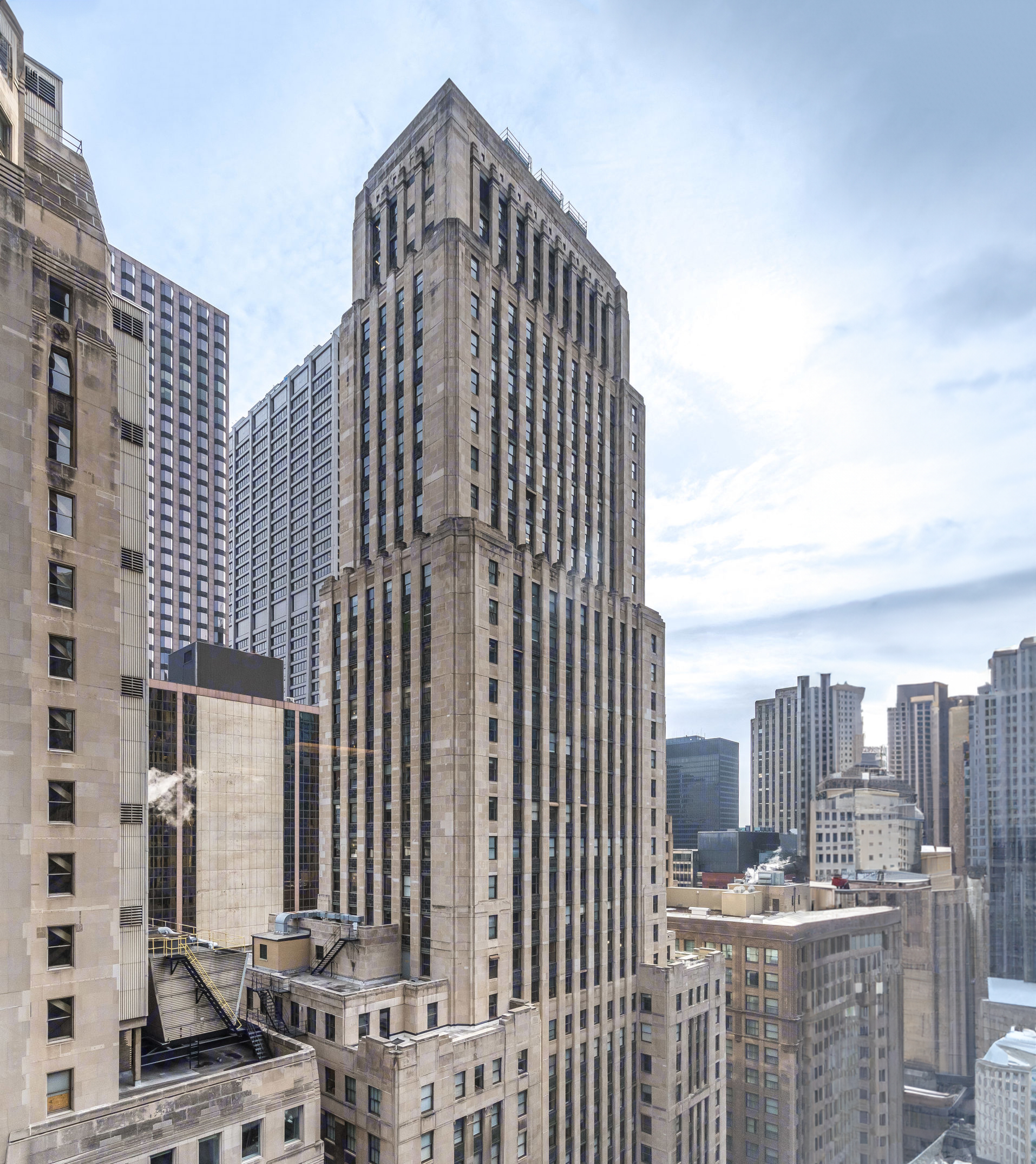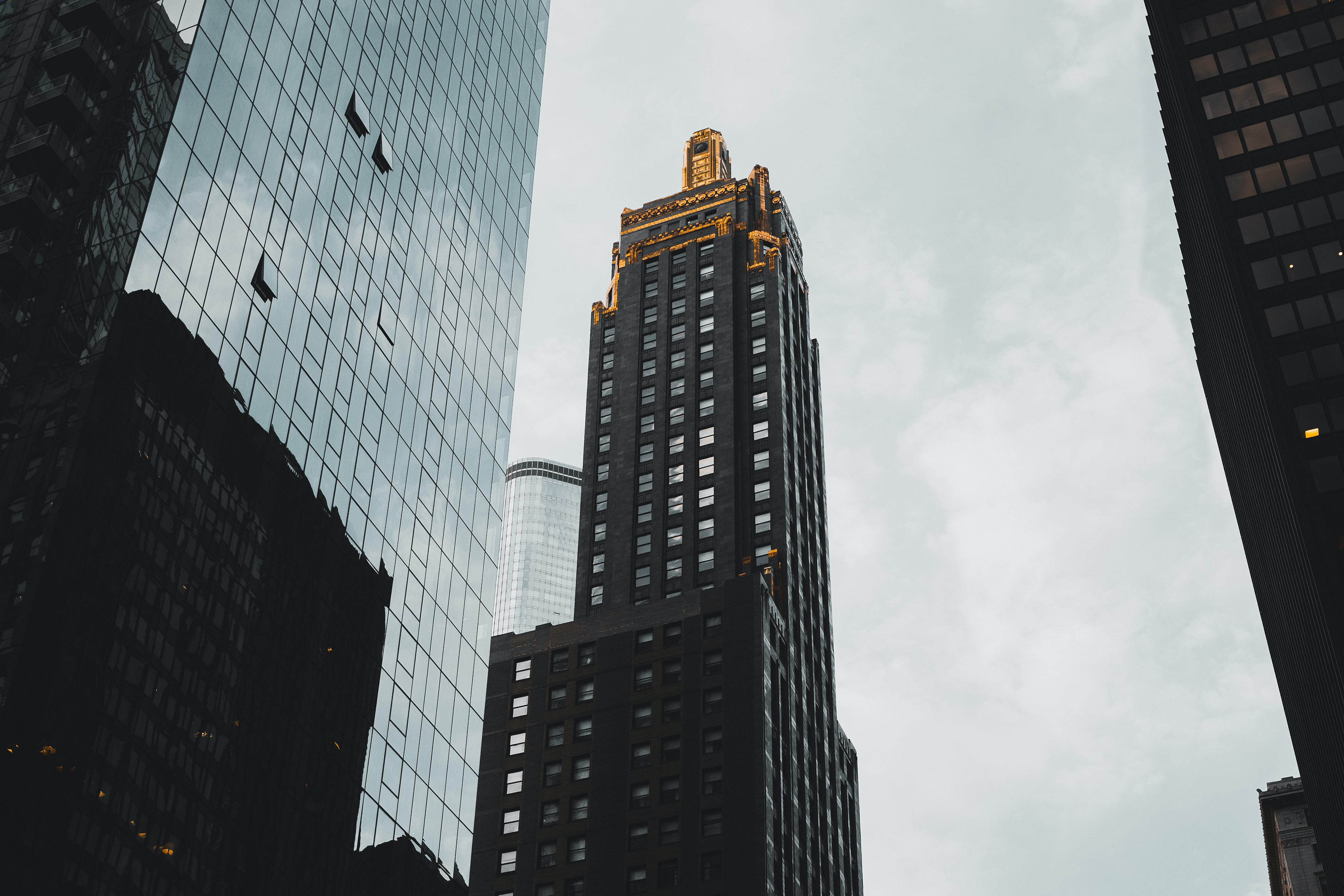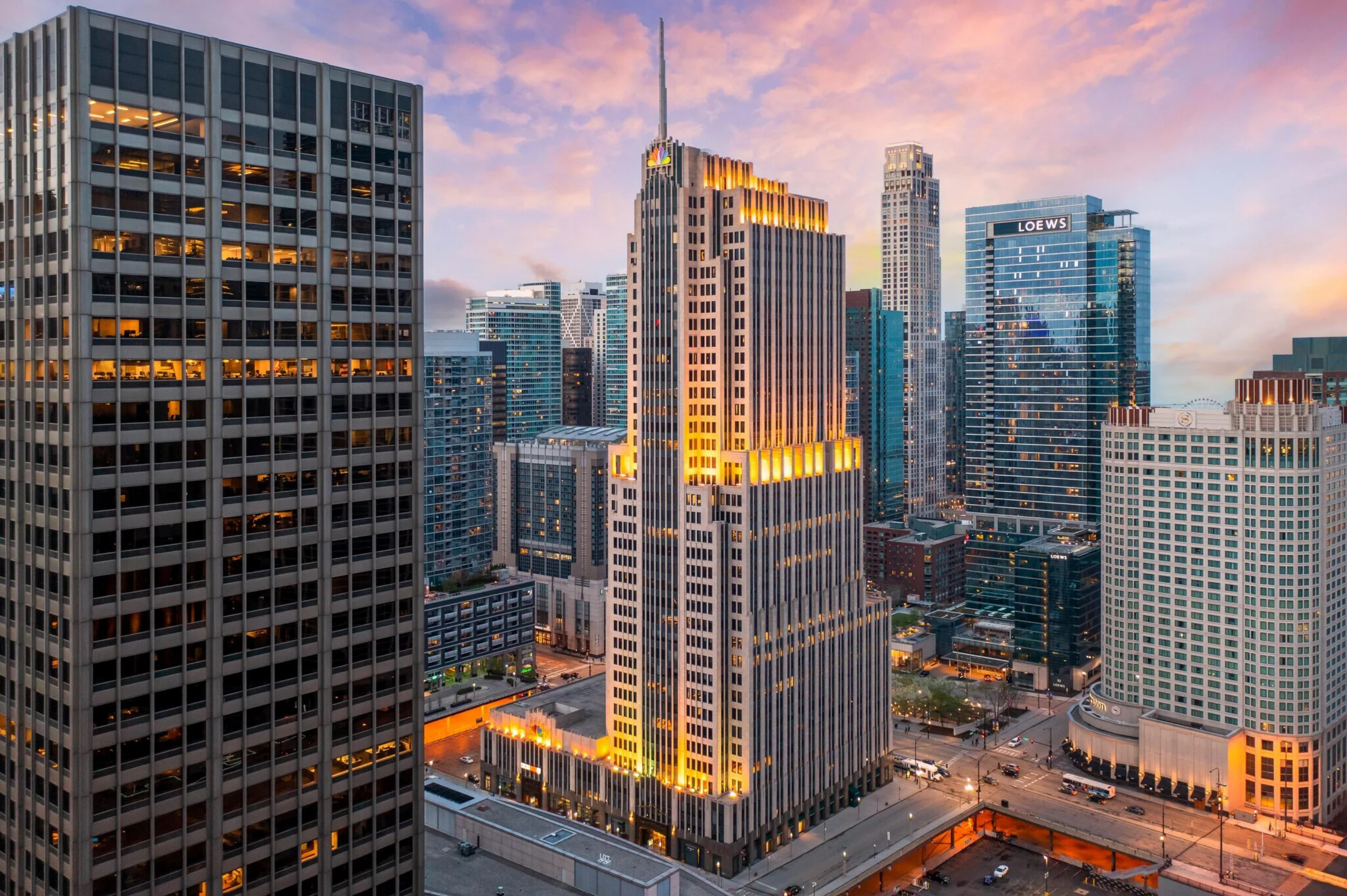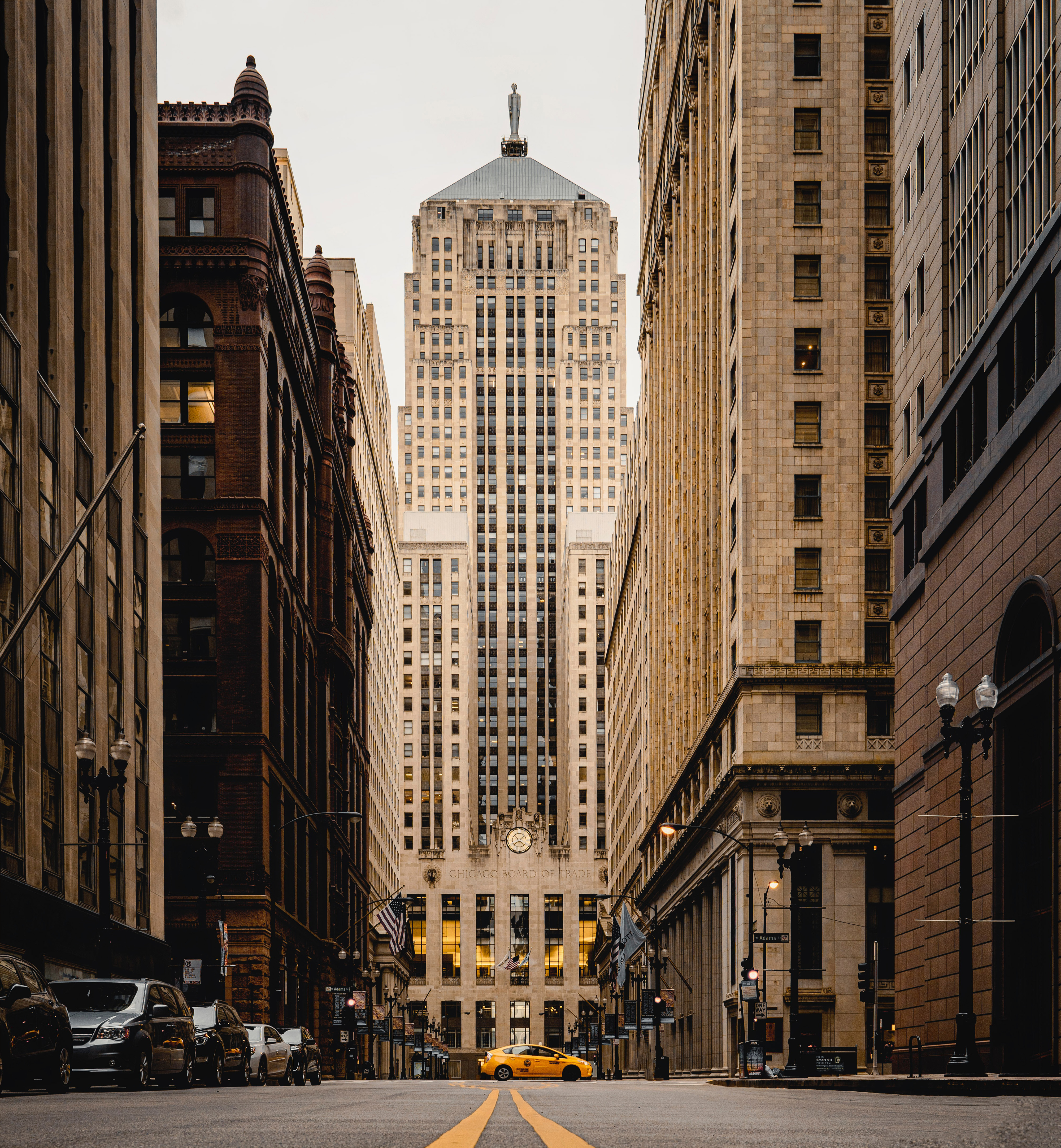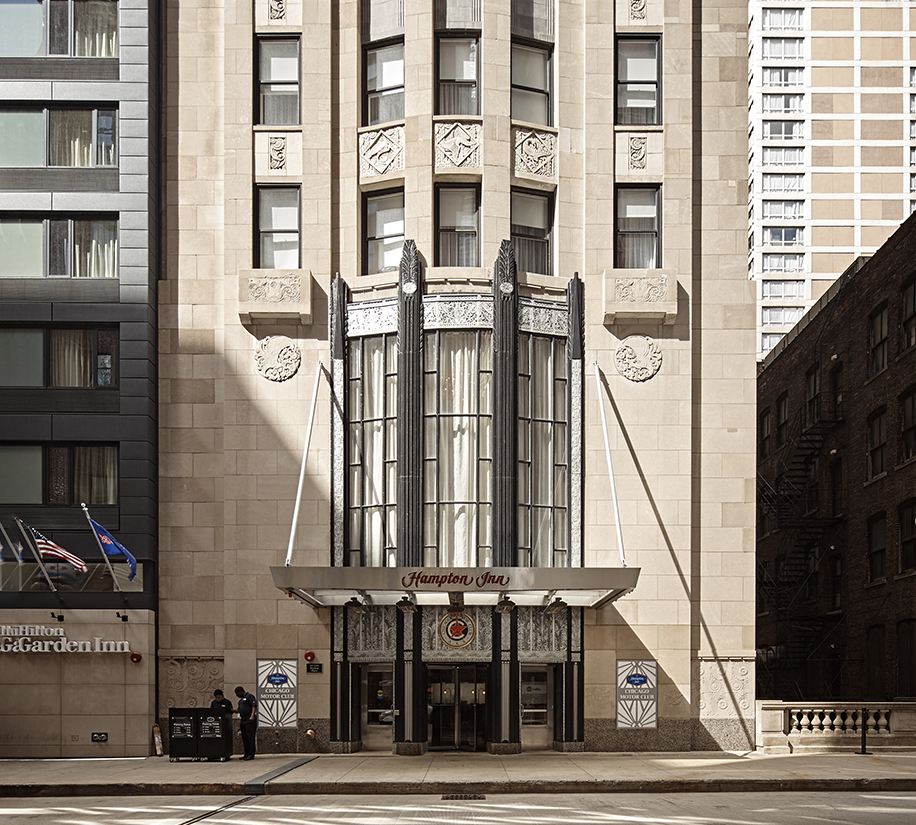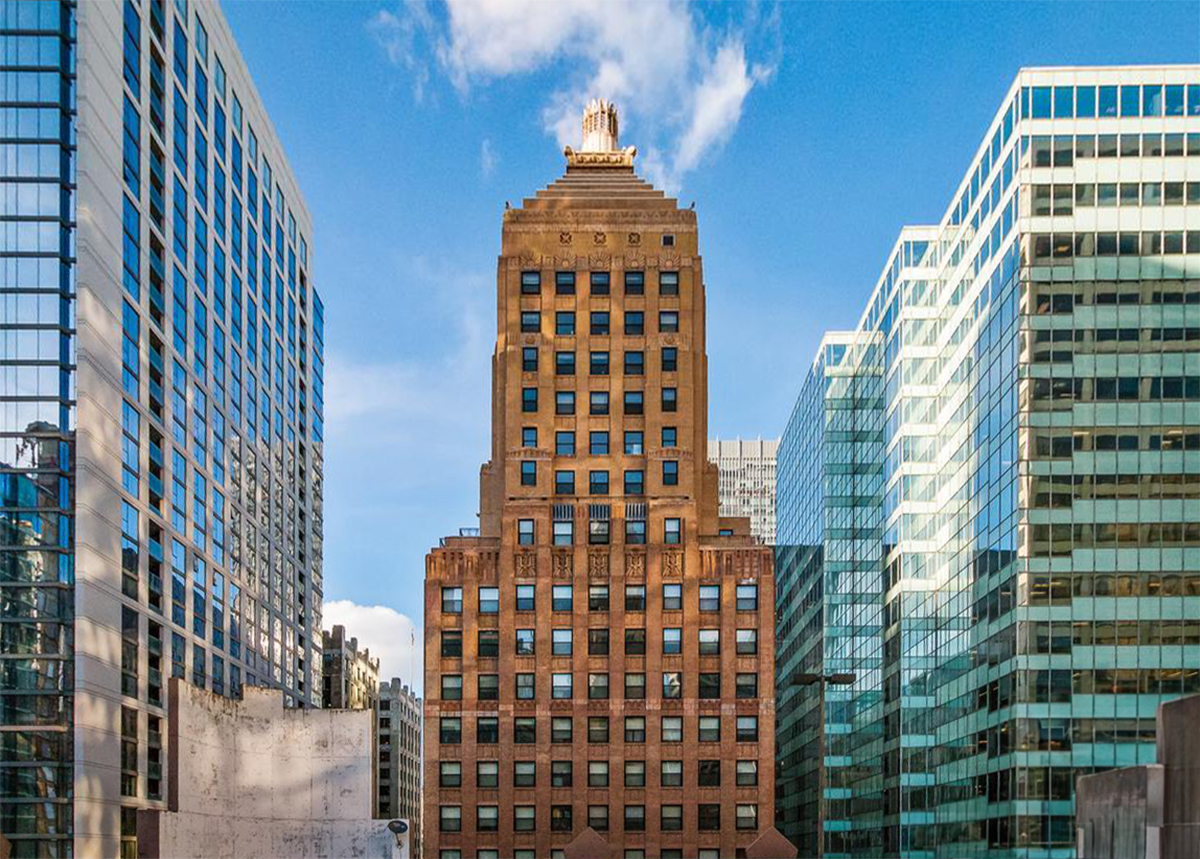The One North LaSalle Building is an Art-deco skyscraper designed by Vitzthum & Burns, and built between 1929 and 1930 in Chicago, IL.
Its precise street address is 1 North Lasalle Street, Chicago, IL. You can also find it on the map here.
The One North LaSalle Building is a structure of significant importance both for the city of Chicago and the United States as a nation. The building embodies the distinctive characteristic features of the time in which it was built and the Art Deco style. Because of that, the One North LaSalle Building was officially declared as a national landmark on April 16th 1996.
The building underwent a major restoration in 2017.
